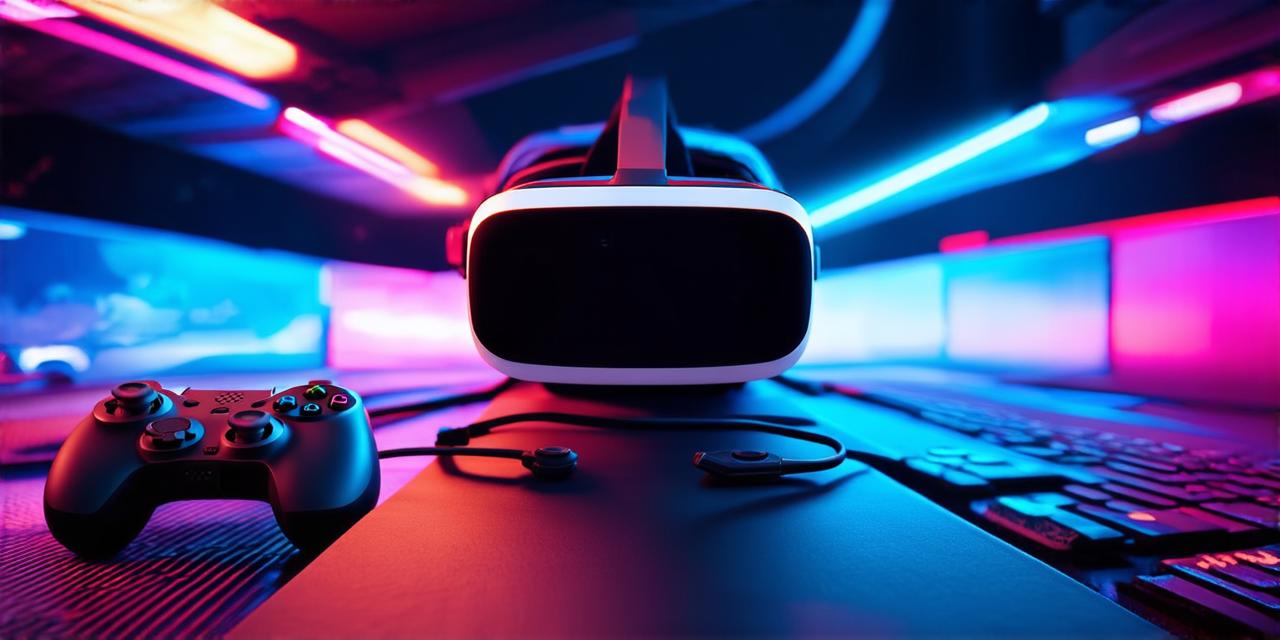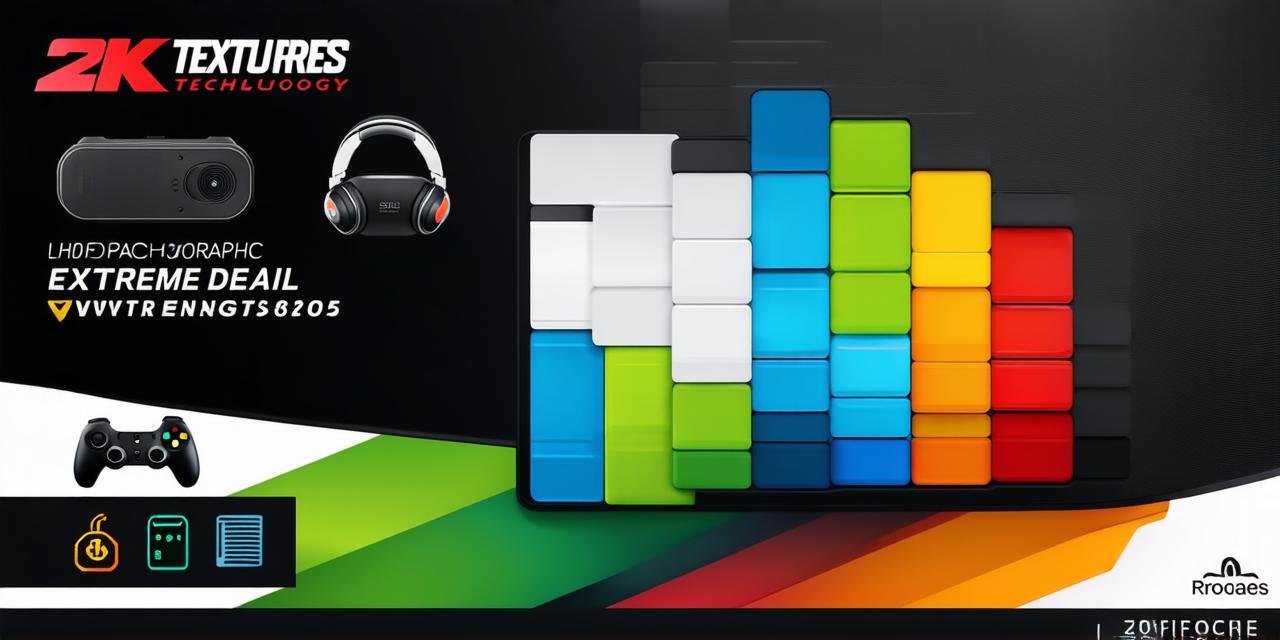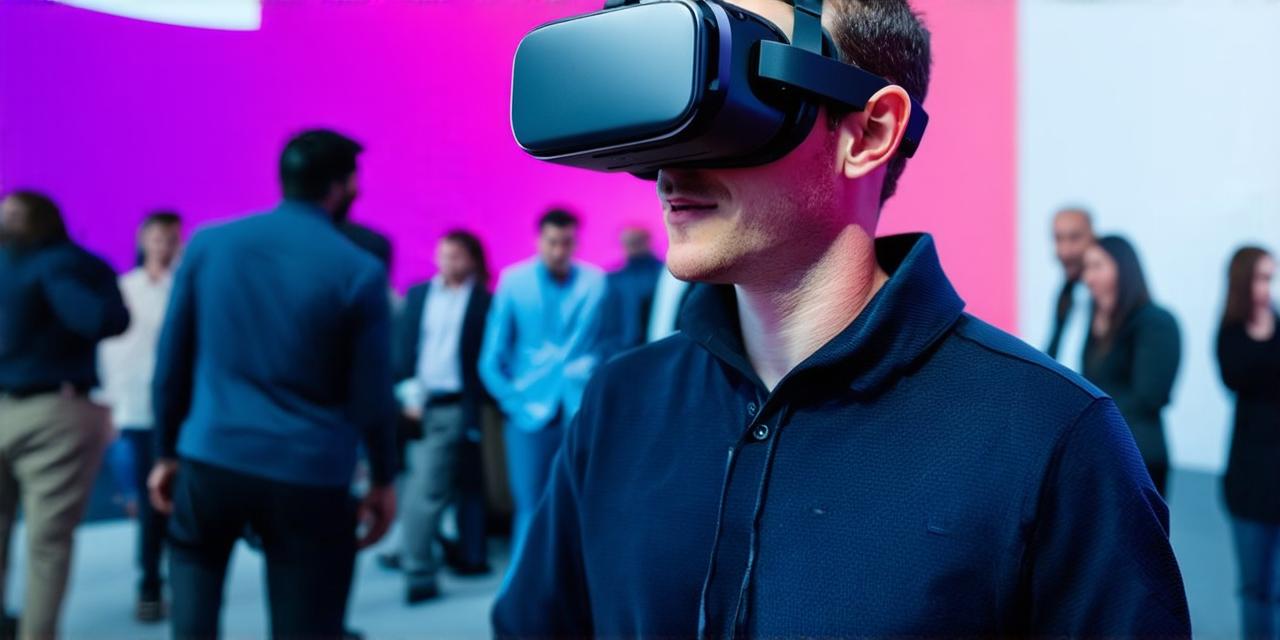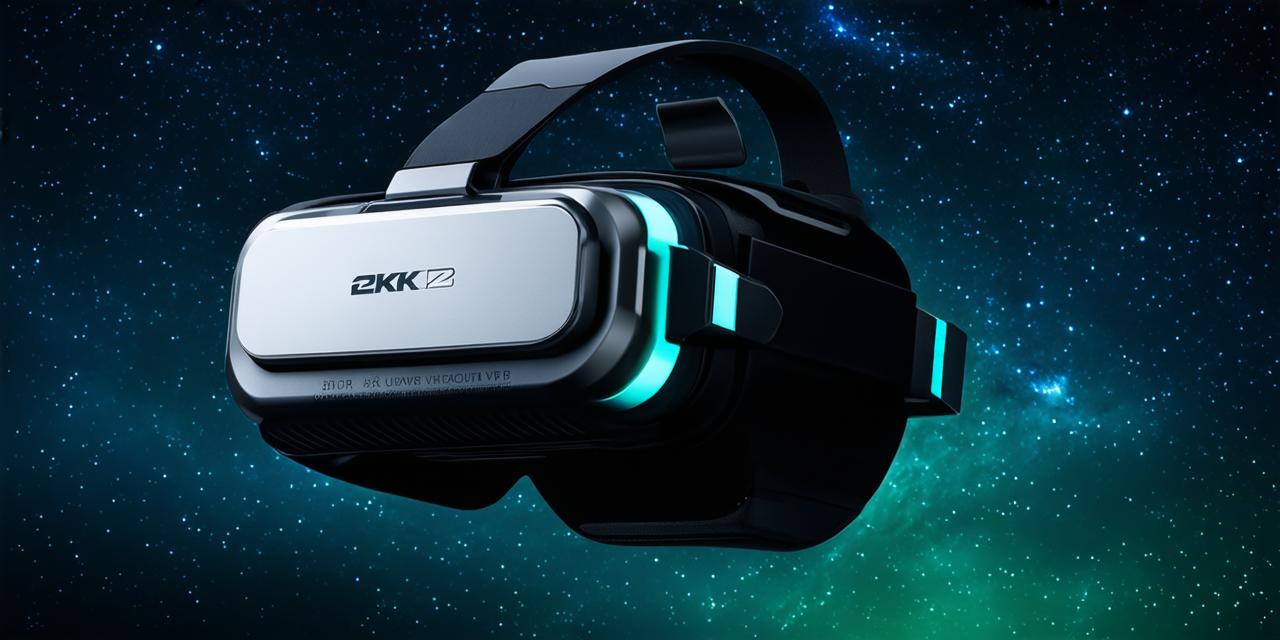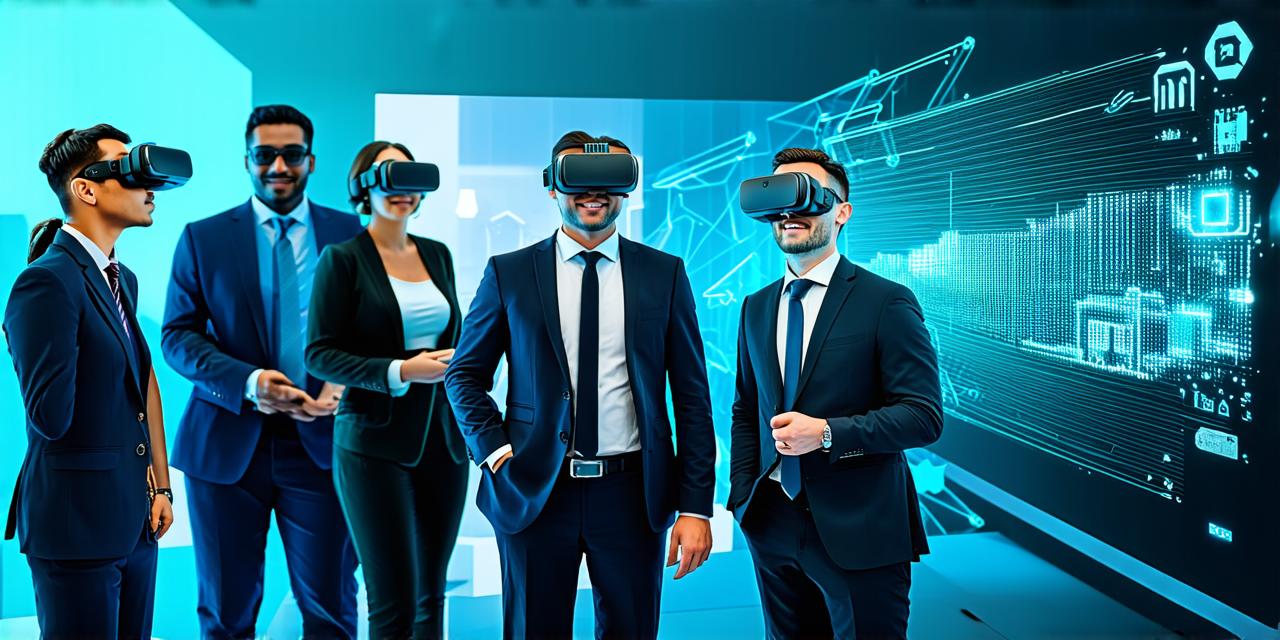Hardware Requirements
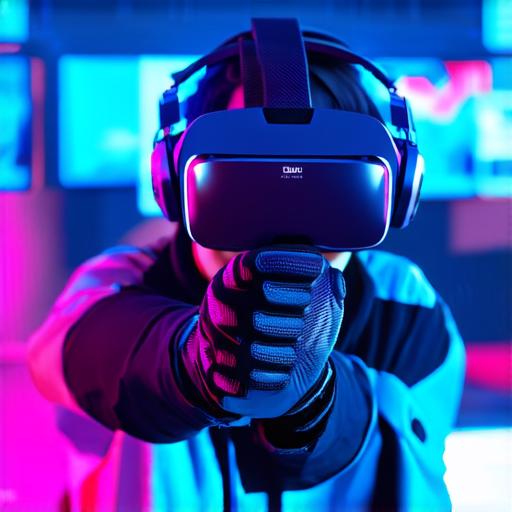
The first requirement for playing virtual reality games is a powerful computer or gaming console. VR games require high-performance graphics cards and processors to render the simulated environment in real-time. Some VR games also require specialized hardware such as motion controllers or tracking sensors.
One of the most important aspects of VR gaming is the headset. There are many different types of VR headsets available on the market, ranging from budget models to high-end ones. The quality of the headset can greatly affect the user’s experience, with better quality headsets providing a more immersive and comfortable experience.
Another important factor is the display resolution. Higher resolution displays provide a clearer and more realistic image, which can improve the overall gaming experience. Additionally, some VR games require a minimum resolution to run smoothly, so it’s important to check the system requirements before purchasing a headset.
Software Requirements
In addition to hardware, software is also an important factor in VR gaming. VR games require specialized software that can interact with the hardware and provide a seamless gaming experience. Some VR games are exclusive to certain platforms or require specific software to run, so it’s important to check the system requirements before purchasing a game.
One of the most important aspects of VR software is the tracking system. The tracking system is responsible for accurately tracking the user’s movements and translating them into the virtual environment. Some VR games use optical or inertial tracking, while others use ultrasonic or magnetic tracking. The choice of tracking system will depend on the specific hardware being used and the preferences of the user.
User Experience
The requirements for playing virtual reality games are not just about the hardware and software, but also the user experience. VR gaming is an immersive experience that requires a certain level of comfort and ease of use. The headset should fit well and be comfortable to wear for extended periods of time. Additionally, the game itself should be designed with the user in mind, providing clear instructions and intuitive controls.
Some VR games can also cause motion sickness or discomfort in some users. It’s important to consider the user’s sensitivity to motion and choose games that are appropriate for their level of experience. Additionally, some users may have specific needs or requirements, such as needing a certain type of headset or software, so it’s important to take these into consideration when choosing VR games.
Case Studies
One example of a company that has optimized its VR hardware and software for different users is Oculus. Oculus offers a range of VR headsets at different price points, as well as a variety of games and experiences designed specifically for each headset. This allows users to choose the hardware and software that best suits their needs and budget.
Another example is HTC, which has developed a specialized tracking system for its Vive Pro headset. The Vive Pro uses a combination of optical and inertial tracking to provide accurate and reliable movement tracking, even in dark environments or when moving quickly. This allows for a more immersive and realistic gaming experience.
Expert Opinions
According to Dr. Nick Yee, an associate professor at the University of Washington’s School of Information, “Virtual reality is still in its early stages, and there is a lot of innovation happening in both hardware and software.
